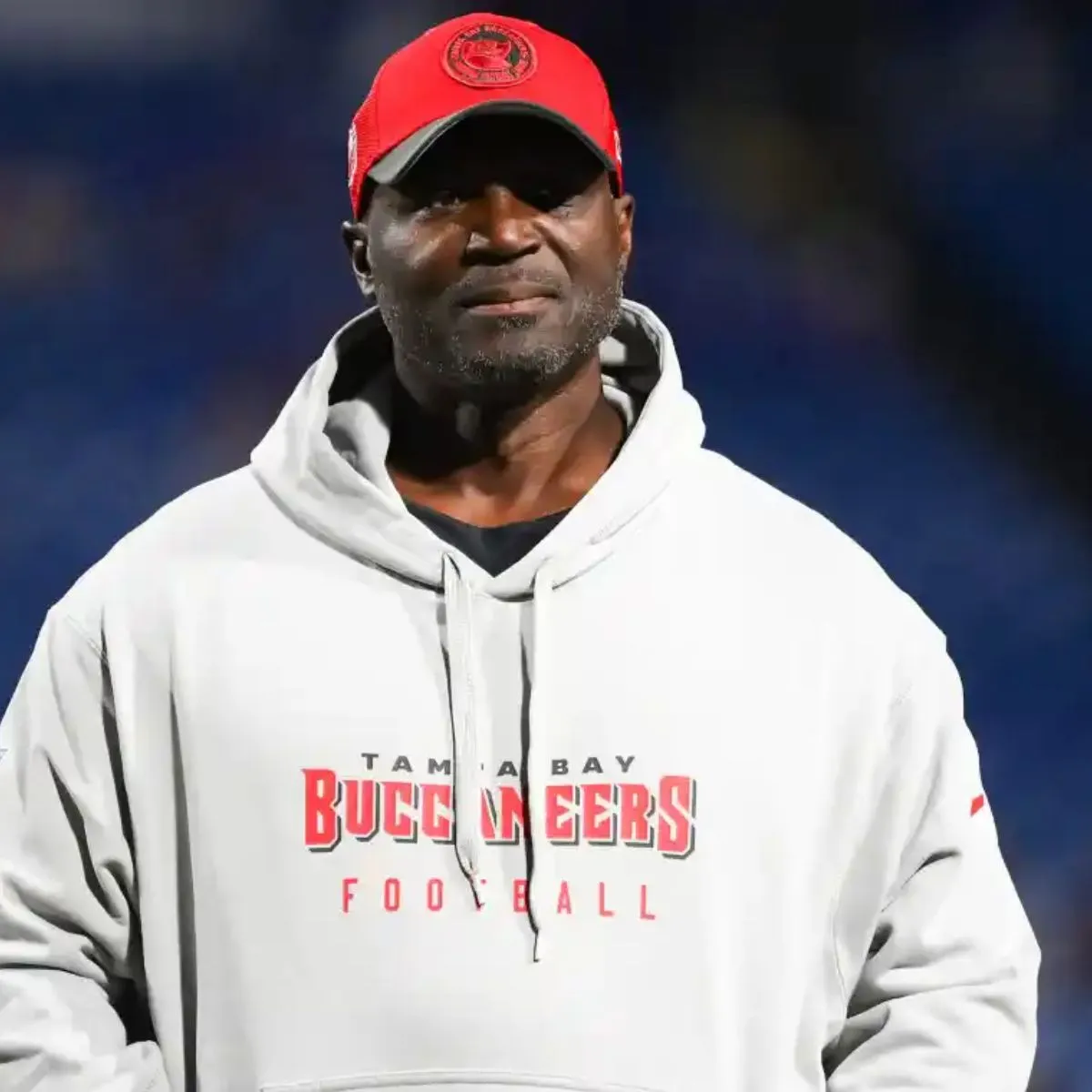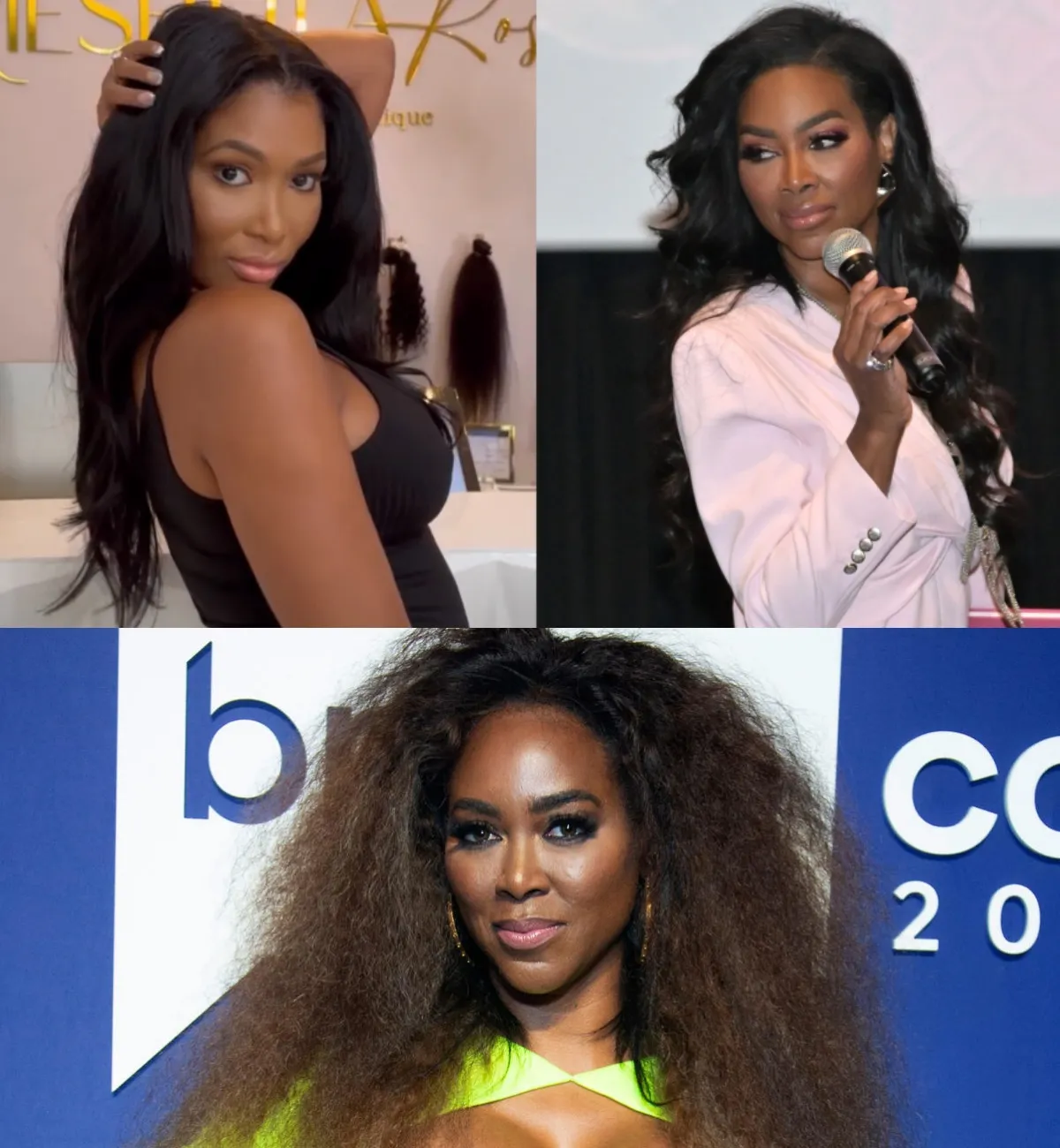It’s time to keep a closer eye on Rasmus Kumpulainen.
.jpg.adcc77689677b52aedd8b1df7162127d.jpg)
The Minnesota Wild’s second-round pick in 2023 is taking a major leap this year, his first in professional hockey. This year, he’s graduated to the Liiga, Finland’s top hockey league, where he will play with and against grown men.
Many prospects have growing pains when they transition to the professional level. Kumpulainen’s debut was the opposite; he burst onto the scene with a two-goal night.
Here's a video of Rasmus Kumpulainen's (MIN) two goals from yesterday.
He became the fifth-youngest player in Liiga history to score two goals in his first career game. #mnwild pic.twitter.com/RSa6U6zZVk— Lassi Alanen (@lassialanen) September 11, 2024
That would be a pleasant surprise for any second-round pick. For Kumpulainen, it’s another building block in his steady progress toward the NHL since Minnesota drafted him 53rd overall in 2023.
Kumpulainen’s size enticed scouts. At 18, he was already 6’2”, 192 lbs. He used that strength and reach to dominate the offensive and defensive net front. Elite Prospects noted that “there's also more skill than might initially meet the eye.”
Still, it hadn’t yet translated to scoring in the junior levels. That can be a red flag for prospects since two-way NHL players typically drive offense during their junior years and then translate that athleticism to fit an NHL role. But because Kumpulainen wasn’t scoring, people stuck him with the “toolsy” label. "Kumpulainen will need a couple years of development in Finland playing against men in the Liiga," Dobber Prospects wrote, “before he is ready to test himself at the NHL level.”
Encouragingly, Kumpulainen took a step forward in that area last season when he transitioned from the Finnish U20 league to the OHL in Canada. The two leagues present different challenges, making comparing raw point and goal totals difficult. NHL equivalency (NHLe) is a tool that can help overcome this challenge. NHLe translates a prospect’s points per game from other leagues into NHL points.
Kumpulainen’s NHLe increased significantly when he led Oshawa in power play scoring. Typically successful prospects see an increase of 30% to 40% per year, but Kumpulainen’s NHLe skyrocketed by 71%.
We can attribute part of this to his teammate Calum Ritchie, an elite offensive center who likely drew the tough matchups while Kumpulainen centered the second line. Still, it’s encouraging to see that Kumpulainen effectively translated that favorable role and his natural athleticism into substantial offensive production.
NHLe isn’t a perfect metric for Kumpulainen’s game because his first priority in the NHL will be to defend. However, it’s still important for him to score at the junior level because scoring is part of his role as Oshawa's second-line center. His uptick passes the smell test for a prospect like Kumpulainen.
That kind of production signals that he isn’t just big and strong -- he’s growing into a better hockey player. Kumpulainen is also growing bigger and stronger. His Liiga team, the Lahti Pelicans, currently list him at 6’4”, 205 lbs. Not only has he added the classic “15 pounds of muscle” that seems to get reported every offseason, but he’s grown taller. That extra reach can be a major boon, especially around the offensive goalmouth, where Kumpulainen makes his money.
Some Rasmus Kumpulainen goals scored in the U20 SM-sarja this season #mnwild pic.twitter.com/UPWyOSzzFH
— Spoked Z (@SpokedZ) June 30, 2023
But how much stock can we put into these numbers? Encouraging as they may be, one good season and a two-goal game don’t make much of a sample size. However, if that aligns with good things on film, it can have more staying power.
So, let’s go back to those two Liiga goals.
Here's a video of Rasmus Kumpulainen's (MIN) two goals from yesterday.
— Lassi Alanen (@lassialanen) September 11, 2024
He became the fifth-youngest player in Liiga history to score two goals in his first career game. #mnwild pic.twitter.com/RSa6U6zZVk
The first one is a broken play where Kumpulainen is high in the zone as the defense is still settling into their positions off the rush. From that perspective, he’s mostly cleaning up the garbage, but there’s some vision in how he uses these defenders as a screen.
With bodies in front of the net, Kumpulainen is invisible to the goaltender as he drifts left. The goaltender ends up out of position and needs to get to the far post. So he kicks to that post with his right pad, giving up the five-hole. Kumpulainen reads the goaltender’s mistake and punishes him with a well-placed shot.
Using defenders as a screen was one of Mikko Koivu’s favorite techniques, and it worked especially well off the rush due to his limited foot speed. Therefore, it could be something that Kumpulainen emulates. If he’s the third player into the rush, he can use those extra bodies and his reach to generate unique shooting angles. His defensive reputation could mean he’ll get a lot of opportunities that look something like this:
He loves to go to the net, as he did in last year's prospect tournament. That's a very good thing for a 6'4 center to do! In this clip I think the Blues forward gets confused that Kumpulainen is a defenseman, which gives him an easier lane to the net. pic.twitter.com/JtTt4CJgAS
— Justin (@Justin_the_Hein) September 12, 2024
Kumpulainen’s second goal is typical of a large forward. It’s a cartoonishly “big-man” goal.
The 6’4” Kumpulainen posts up in front of the net for two reasons. First, he needs to make room for his teammate to skate downhill. Second, he mostly just likes to do that because he’s too big to move.
It’s actually not the “best” play available; there’s room for him in the left faceoff circle, and it gives the defense a chance to stay home. But it’s the best play for Kumpulainen’s skillset. He’s proven right by a fortunate rebound and a coverage lapse by JYP No. 21, which leaves Kumpulainen open for an easy tap-in.
These direct plays are the strength of the hulking Finn’s game. He loves to go straight to the net, as was the case in last year’s prospect tournament.
He loves to go to the net, as he did in last year's prospect tournament. That's a very good thing for a 6'4 center to do! In this clip I think the Blues forward gets confused that Kumpulainen is a defenseman, which gives him an easier lane to the net. pic.twitter.com/JtTt4CJgAS
— Justin (@Justin_the_Hein) September 12, 2024
To some degree, we shouldn’t consider these “sustainable.” Still, he potted two greasy goals in one night, which speaks to how consistently Kumpulainen goes to the dangerous areas.
Even if his shooting percentage is below expectation, he can amass so many shots from dangerous locations that he’ll still be a productive player. While he’ll probably never score 20 to 30 NHL goals, this is a similar strategy to what’s made Joel Eriksson Ek such an effective two-way player over the past two seasons.
Nobody cares that Eriksson Ek scored negative-9.3 and negative-9.8 GAx (Goals Above Expectation) because he played incredible defense and scored 23 and 30 goals. Those “wasted opportunities” in the expected goals model aren’t spoiled if they come in the dirty areas where his teammates hate to play. If Kumpulainen can take on that role, he’ll have a long career as a bottom-six center.
Evaluating a two-way prospect can be challenging. In some ways, Kumpulainen’s profile has more questions than answers, and those answers won’t come without watching one or two full seasons of play. Kumpulainen needs to score in juniors, but it’s hard to pinpoint how much he needs to produce to stay on track to become an NHL role player. His 2023-24 production in Oshawa was encouraging, but seeing how he adjusts to professional competition is more important.
That’s what makes this season so important for him. If he can produce or even be an effective two-way player in Finland this year, it’s a great sign moving forward. However, if he falters, that’s a sign that he may have been beating up younger and smaller players with a skill set that doesn’t translate against grown men. Furthermore, if he struggles on offense or defense, he’ll need to be truly special on the other end of the ice to prove his game is on track for an NHL career.
Even though he had a solid 2023-24 season, he’ll have to build on it again this year. It may sound unfair, but that’s the challenge for every Day 2 draft pick. Those players are more likely to miss the NHL than make it.
Still, everything is in front of him this season. If Kumpulainen hits the Liiga and doesn’t miss a beat, it will prove that he’s not just toolsy -- he’s a strong, talented hockey player. So far, he’s done just that by kicking off with a two-goal game.
It might be too early to victory lap it now. However, if Kumpulainen stacks on a good professional season, watch out. The Wild might have one in Rasmus Kumpulainen.


-1717472288-q80.webp)
